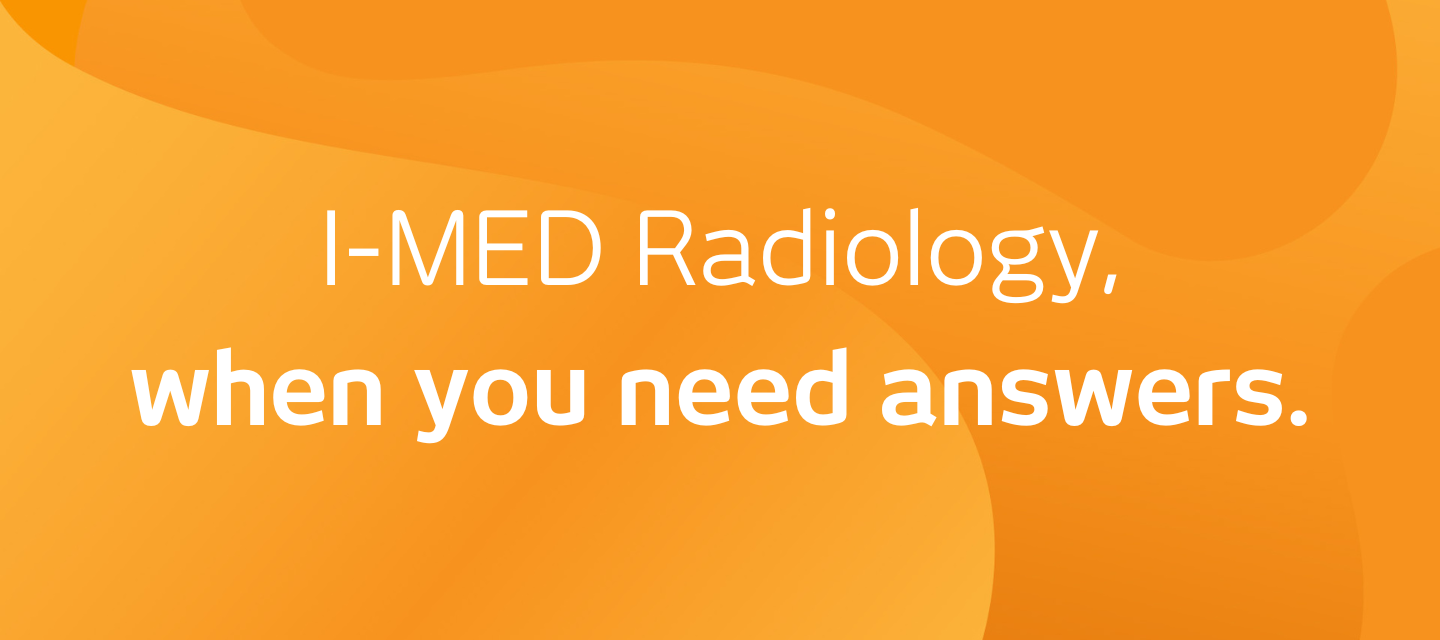
Radiofrequency ablation
Radiofrequency ablation
What is radiofrequency ablation?
Radiofrequency ablation is a procedure to remove diseased tissue or a tumour (a lump) from the body. It is a type of tumour ablation (or removal).
Tumour ablation is where a needle is placed directly into a tumour so that a chemical (usually alcohol or acetic acid) or thermal (heat or ice) treatment can be applied to destroy or reduce it.
Radiofrequency ablation is the most commonly used tumour ablation procedure. Radiofrequency uses an electric current that moves back and forth to create heat within the tumour. A needle produces heat within the tumour(s) to completely or significantly destroy it.
How do I prepare for radiofrequency ablation?
keyboard_arrow_down
Prior to the procedure, imaging (via ultrasound, CT or MRI) is used to determine the size, location and features of the tumour. The images will also be used in future assessment of the response to the treatment. Blood tests will also be carried out to ensure there are no medical reasons why radiofrequency ablation should not be used and the test results will be used to assess tumour markers (features or signs). Fasting is usually required for a few hours before the procedure.
What happens during radiofrequency ablation?
keyboard_arrow_down
The area where the needle electrode will be inserted is cleaned with antiseptic solution and covered with a surgical drape. Grounding pads are laid on the skin, usually on both thighs, so that the electrical current can be safely applied while the radiofrequency ablation is carried out. The area is then numbed with a local anesthetic (if the procedure is carried out without general anesthetic).
A small cut is made in the skin after it is numb. Using imaging guidance (ultrasound, CT or MRI), a radiofrequency ablation needle electrode is inserted into the tumour. Once the electrode is in place, the electrical current is applied. Heat may be felt during the procedure. At the end of the procedure, the electrode will be removed and pressure will be applied to the site where the needle was inserted, to stop any bleeding. The cut is then covered with a dressing. No stitches are required.
How long does radiofrequency ablation take?
keyboard_arrow_down
Each radiofrequency ablation session takes approximately 15–30 minutes. For larger cancers, it may be necessary to carry out multiple ablations by repositioning the needle electrode into different parts of the tumour to ensure no cancer tissue is left behind. The entire procedure usually takes between one to three hours.
What are the risks of radiofrequency ablation? keyboard_arrow_down
Some of the cancer cells may persist or the cancer can return after radiofrequency ablation, however the procedure can be repeated.
What are the benefits of radiofrequency ablation? keyboard_arrow_down
Radiofrequency ablation is less invasive than surgery.
As no surgical incision is required, it takes less time to recover and discomfort is minimal.
Usually, radiofrequency ablation is effective and treatment related side-effects are infrequent.
How do I get my results? keyboard_arrow_down
Your doctor will receive a written report on your test as soon as is practicable.
It is very important that you discuss the results with the doctor who referred you so they can explain what the results mean for you.
Most results are normal. Occasionally, small changes are seen that need further review.
If your results are normal you will be able to return for routine screening (usually every 2 years). If your results are uncertain or show changes you may need to consider additional imaging (diagnostic mammogram, ultrasound, or biopsy) in discussion with your referring doctor.
Related procedures

This information has been reviewed and approved by Dr Ronald Shnier (I-MED Chief Medical Officer).
Related articles

Related procedures

This information has been reviewed and approved by Dr Ronald Shnier (I-MED Chief Medical Officer).
Related articles

